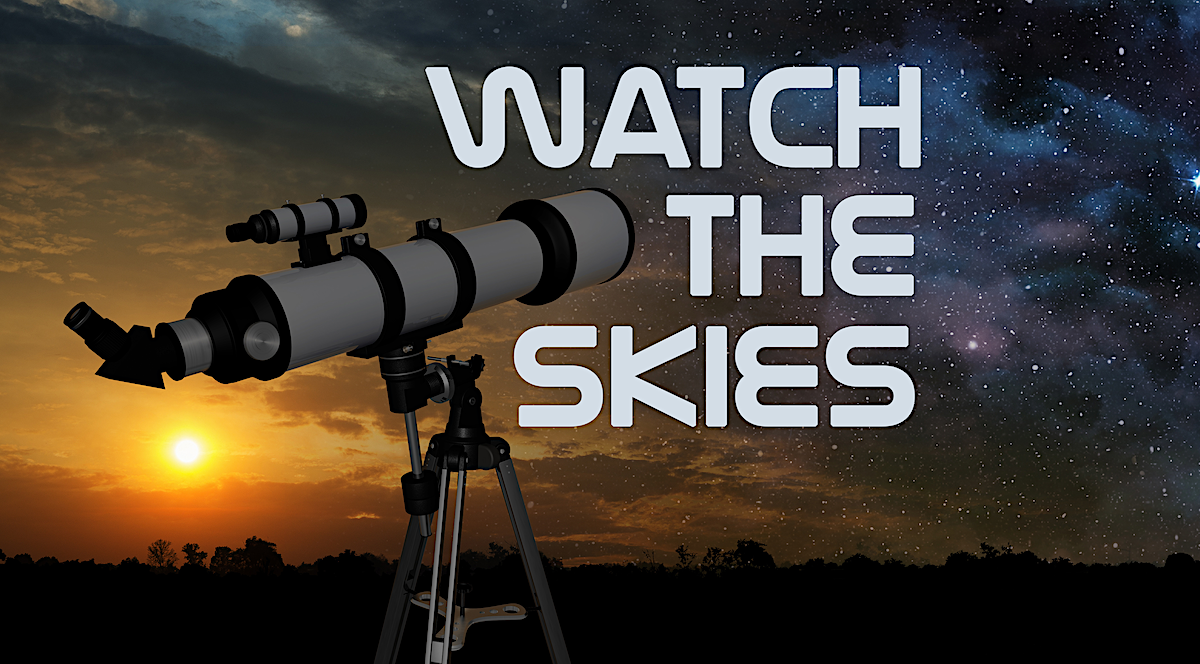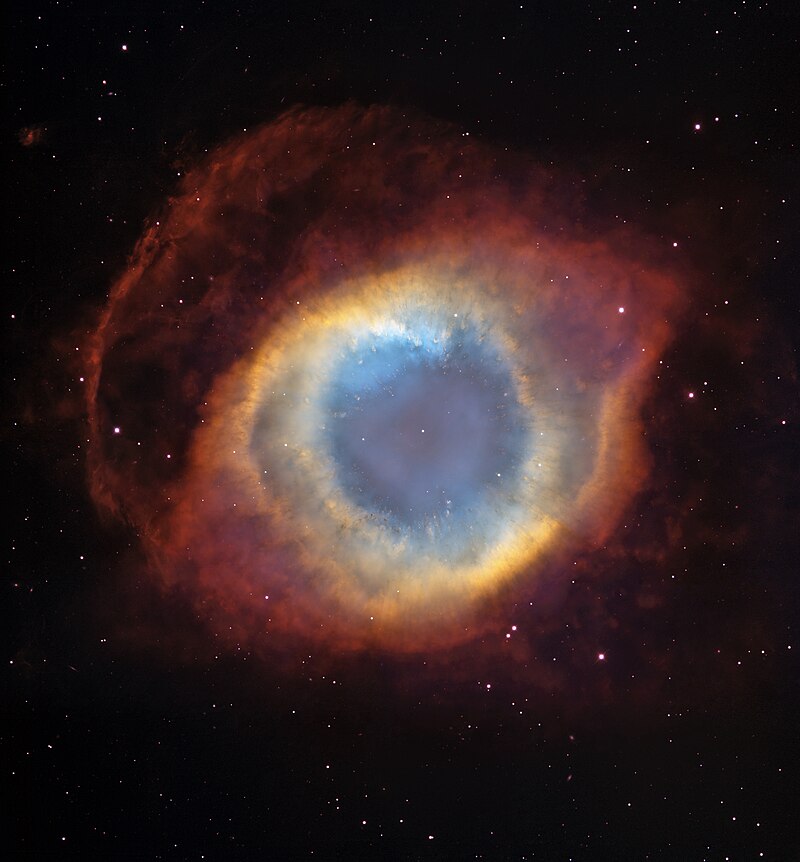
The Planets this Week: Venus remains very bright in the twilight sky. It currently appears slightly over half illuminated as it continues to come closer to being directly between the Earth and the sun. Jupiter and Saturn are bright in the southeastern sky during the evening and high overhead by 11PM. Mars and Mercury remain virtually invisible still hidden in the evening twilight.
Naked Eye Object of the Week- Fomalhaut: Some stars only visit the northern hemisphere during the summer when the tilt of the Earth is favorable. The brightest of these is Fomalhaut. It is the 18th brightest star in the night sky which makes it an excellent naked eye object. It is a part of the constellation Piscis Austrinus, or the Southern Fish. It is located relatively close by at only 25 light-years away and is a main-sequence type star. It is also a very young star and is still surrounded by a dusty disc which may or may not contain some small early planets. It is slightly less than twice the size of the sun

The planetary disc seen in the image above is thought to contain at least one gas giant planet. In addition, Fomalhaut forms a binary system with one companion star less than 1 lightyear away. Fomalhaut has been studied extensively due to it’s close proximity to it’s neighbor as well as it’s planetary disc.
You can find Fomalhaut in the southern sky after twilight fades. It reaches it’s highest point around midnight local and sits in an otherwise fairly dark portion of the sky.
Telescope Object of the Week- Helix Nebula: Another object located in the southern sky, fairly near Fomalhaut, is the Helix Nebula. Much like last week’s object the Helix is a planetary nebula, the remnants of a star that shed it’s outer layers late in its life. It is located in the constellation Aquarius, roughly halfway between Jupiter and Fomalhaut currently. It is located roughly 655 million light-years away. While this is a very large distance, it is among the closest of the bright planetary nebula. As you can guess from its name, it appears as a helix through large telescopes, and also closely resembles an eye. A common alternative name is “the eye of God”.

Like all planetary nebula, the helix contains small knots caused by instabilities in the expanding gas field as the parent star shed off it’s outer gas layers. You can find the helix in the southern sky after dark, reaching it’s highest point just before midnight.
Take advantage of the dark, clear skies this week. As always, watch the skies!






